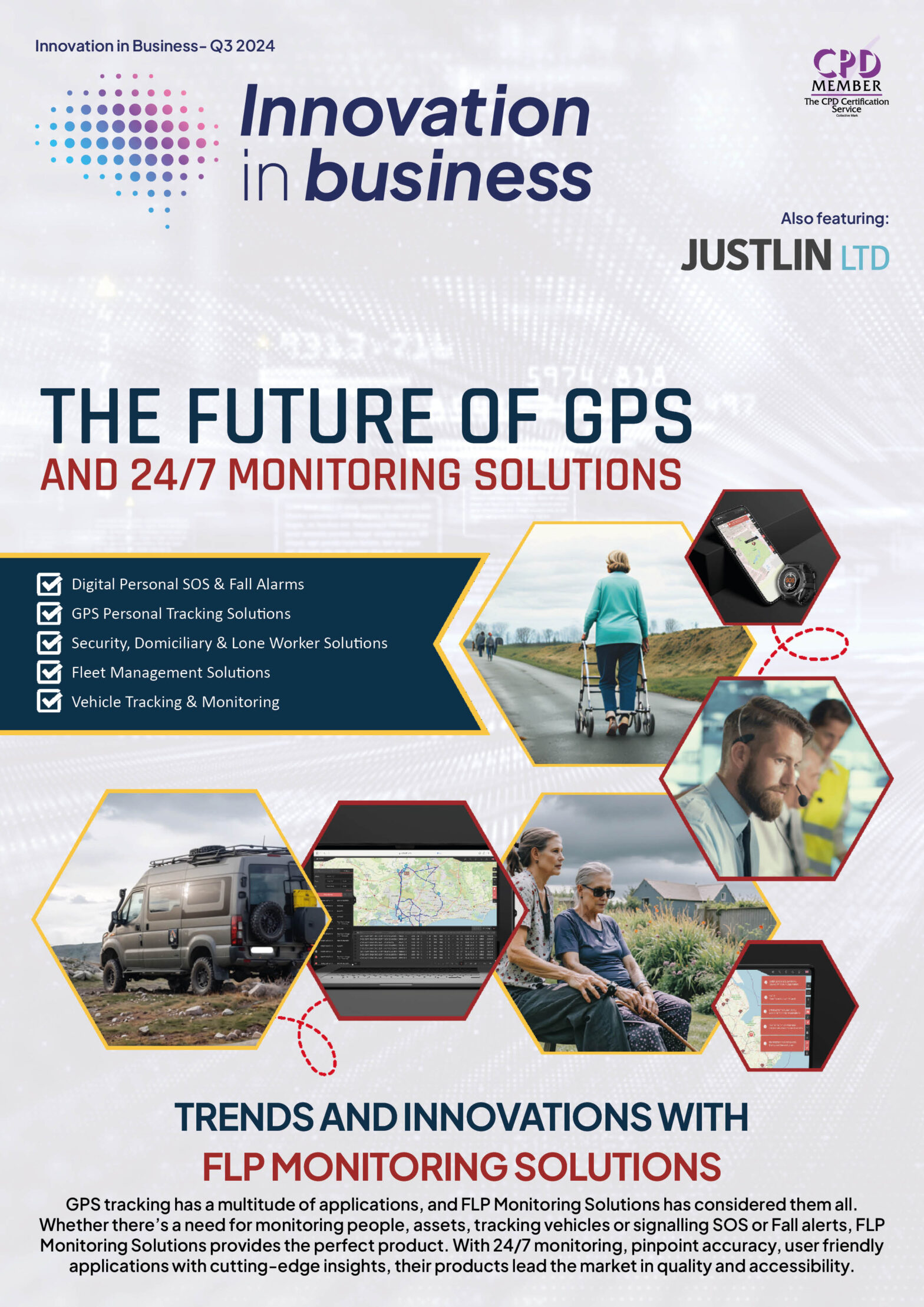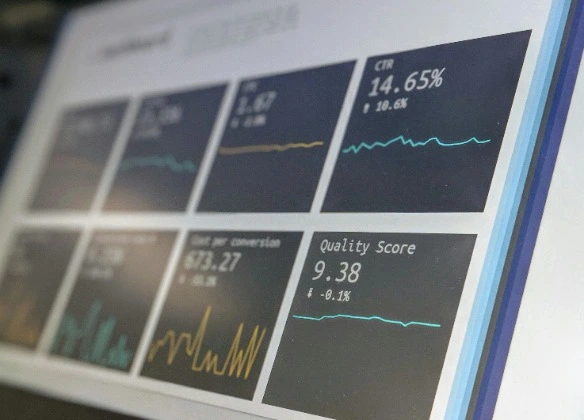

First-party data is an essential tool for marketers around the world – but how exactly can you use first-party data to drive revenue?
Read on to learn more about the benefits of first-party data, and how you can use it in your marketing strategy to drive revenue. We’ll be providing you with helpful tips on how to utilize first-party data to optimize your marketing campaigns and grow your business.
What is first-party data?
Before we explore how to utilize first-party data, we’ll explain what exactly first-party data is. First-party data refers to information collected directly from individuals or customers by a company or organization.
It is data that is shared by the users themselves (with consent) through interactions with websites, apps, or other platforms owned or operated by the company. This data is typically gathered through sources like website analytics, customer surveys, email subscriptions, and social media interactions.
First-party data is extremely valuable as it provides insights into customer behavior, preferences, and interests, allowing businesses to personalize their marketing efforts and improve customer experiences. It is considered a reliable and trustworthy type of data as it comes directly from the source without the use of a third party.
First-party data is considered the most valuable asset for marketers as it provides a direct and accurate understanding of customers. By analyzing this data, marketers can gain insights into customer preferences and behavior.
As a marketer, using first-party data can help you to create a targeted campaign and personalize the user experience. In turn, this can improve customer engagement, loyalty, and ultimately, your overall revenue.
Using first-party sata to increase revenue
Now you understand what first-party data is and why it’s important, let’s explore some of the key ways that you can use it to drive revenue, from personalizing customer experience to centralizing data.
Collect data effectively
To effectively utilize first-party data, you should implement effective data collection mechanisms. This involves implementing tracking tools such as cookies or pixels on websites, creating customer registration and login systems, and integrating data capture forms across various touchpoints. Marketers should use cookie management platforms to help collect data efficiently while ensuring compliance.
Data collection points that have been placed effectively (e.g newsletter sign-ups) can help you to acquire valuable customer data. Be sure that your privacy policy is transparent and user-friendly – your privacy policy should clearly communicate how you will be collecting, storing and using customer data.
Streamline data processes
To unlock the full potential of first-party data, you must consider how you are going to consolidate and centralize the collected information.
This can involve integrating data from different sources (e.g. website analytics, CRM systems, email marketing platforms, and social media channels) into an organized customer database.
This can enable you to identify patterns, organize audiences, and create detailed customer profiles. Implementing a customer data platform (CDP) or customer relationship management (CRM) system can help streamline data consolidation and management processes.
Segment data
Segmentation is a powerful technique that can allow you to divide your customer base into groups based on shared characteristics or behaviors.
By leveraging first-party data, you can create highly targeted segments and deliver personalized experiences tailored to each group’s preferences or behaviors.
If you segment data effectively, you can develop relevant content, create tailored offers, and optimize your marketing campaigns to resonate with specific customer segments. In turn, you can boost engagement, conversion rates, and ultimately drive revenue.
Personalize customer experiences
Personalization is a key aspect of any quality marketing campaign and a great way to drive revenue.
With first-party data, you can create a personalized customer experience across various channels, such as websites, email campaigns, social media, and advertising.
You can customize website content, as well as recommend relevant products or services. Likewise, you can also create and send personalized email campaigns based on customers’ previous interactions and preferences.
This level of personalization can help build stronger customer relationships, boost customer loyalty, and increase conversion rates.
Focus on building trust and loyalty
First-party data is invaluable in maintaining customer relationships and driving loyalty. By understanding the preferences of your customers, as well as the purchase history and engagement patterns, you can develop customer-focused strategies. This may include loyalty programs or exclusive offers.
As a marketer, your customers are everything; so it’s imperative that you build trust with your customers. Improving customer satisfaction and loyalty can drive referrals and repeat purchases, which can be a great way to drive revenue.

Technology
25 March 2025
Ransomware-As-A-Service Variants on the Rise With Critical Infrastructure Providers at the Greatest Risk

Business Advice
25 March 2025
Claims Processing Automation: How Insurers Can Cut Costs and Improve CX

Technology
18 March 2025
Secret Signs Your Internet Security Has Been Compromised






















